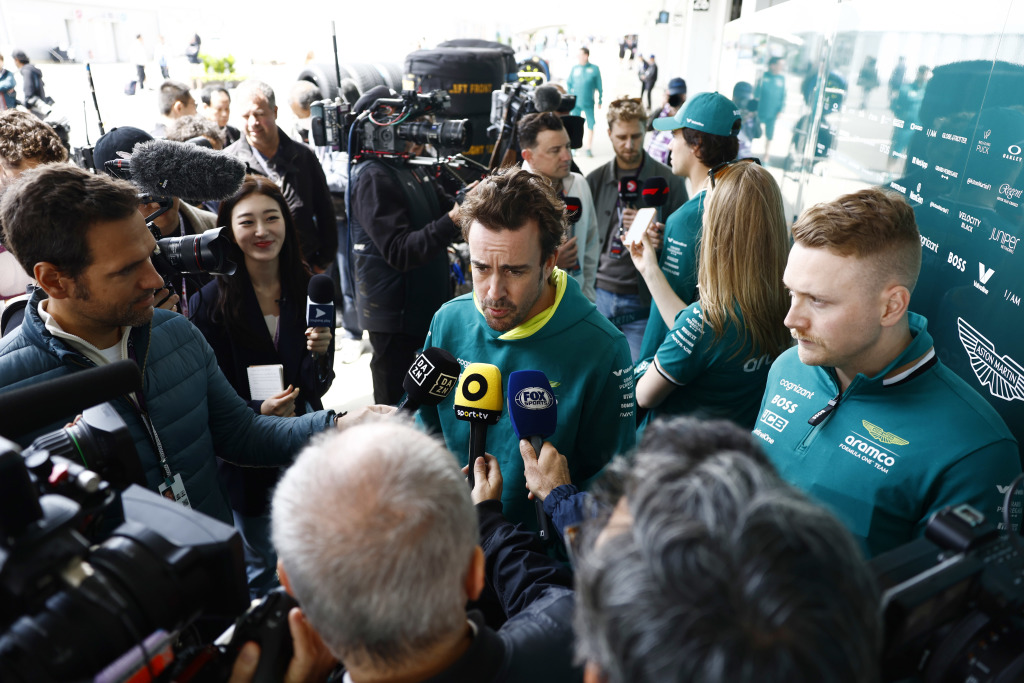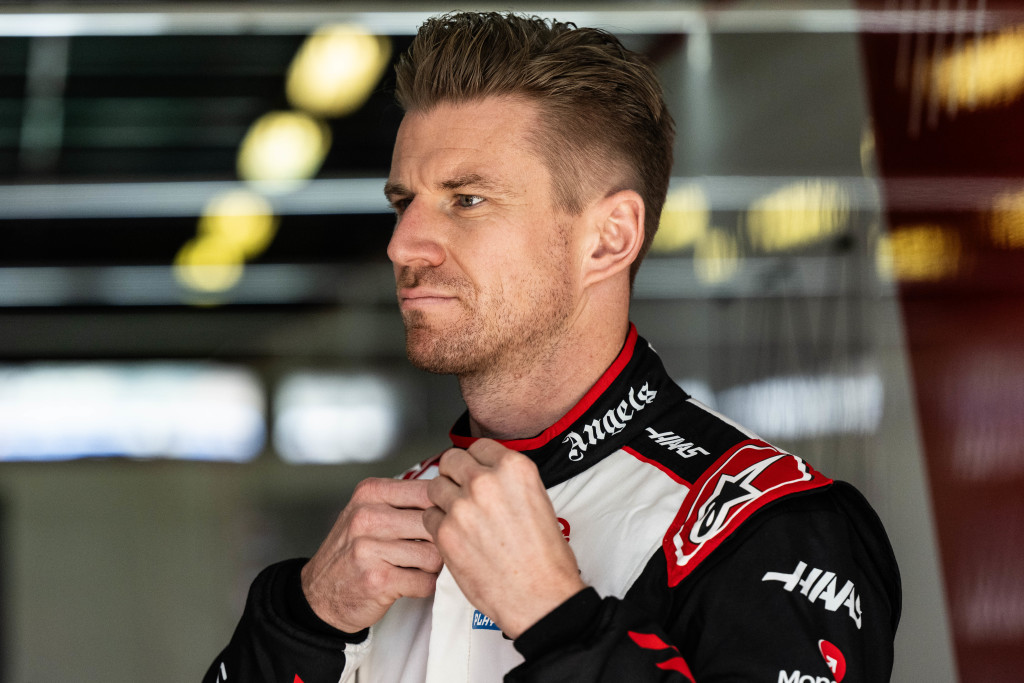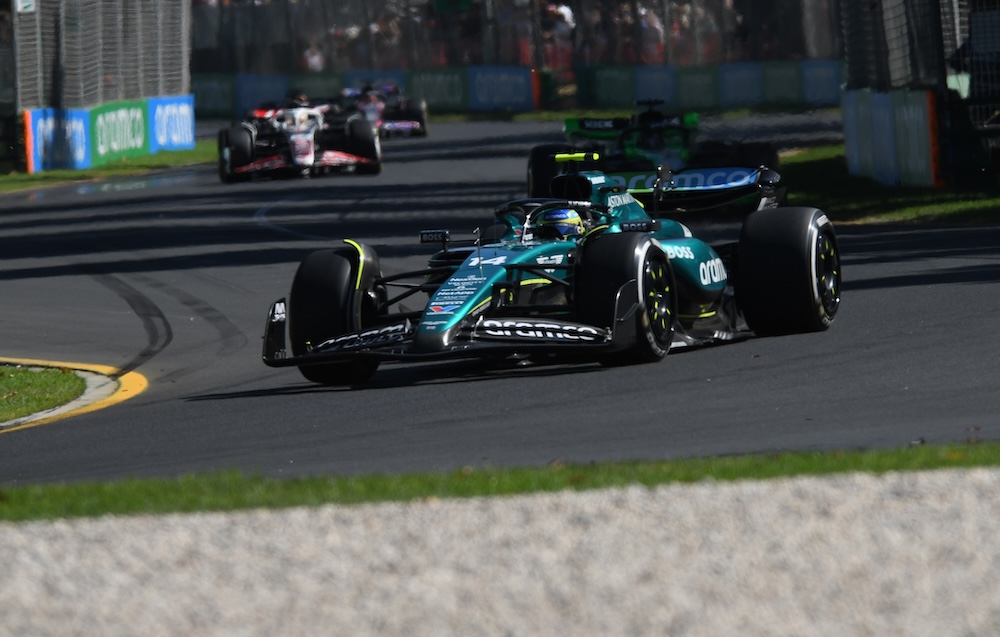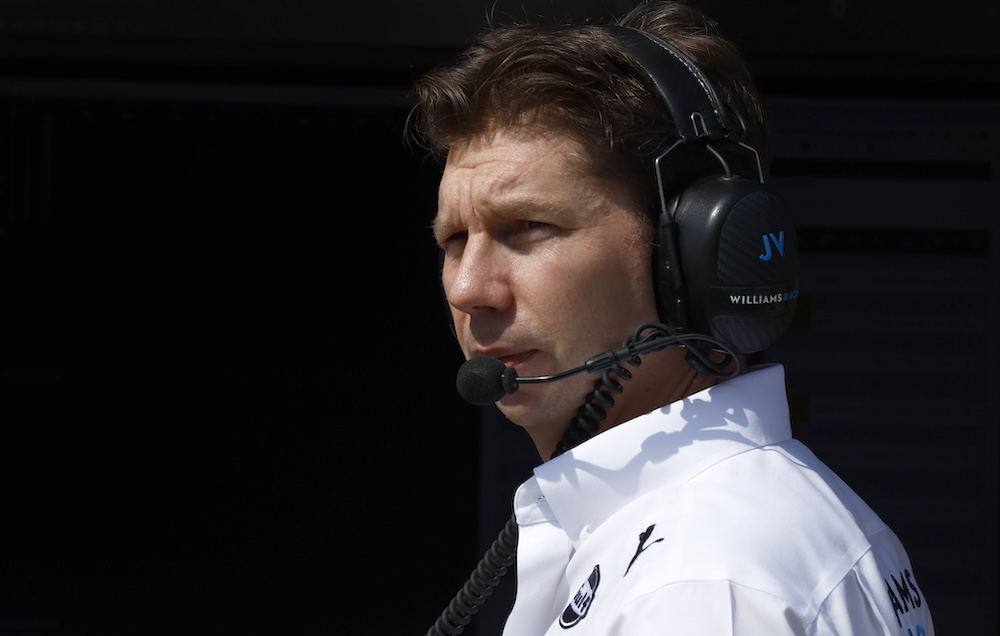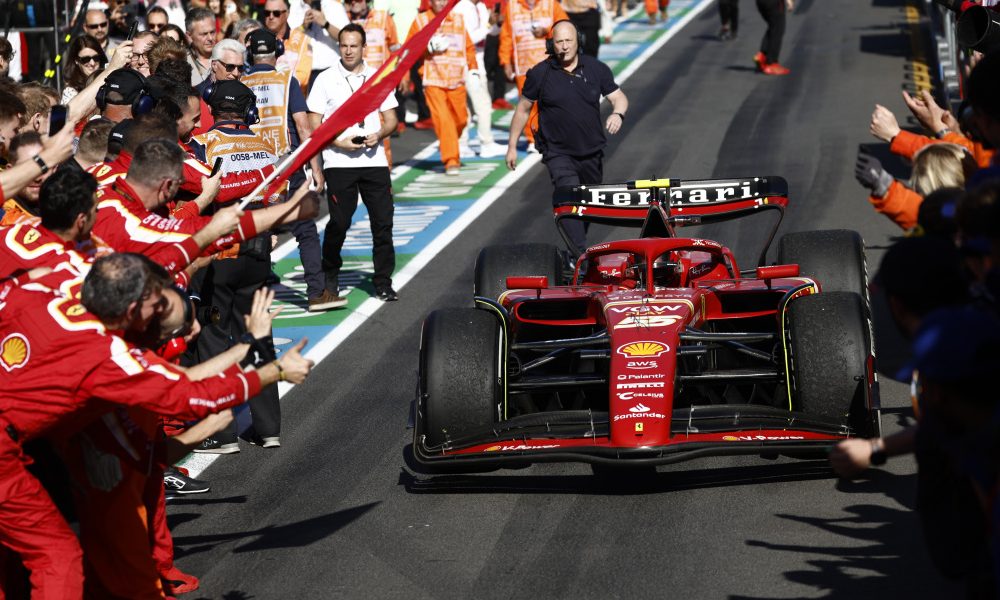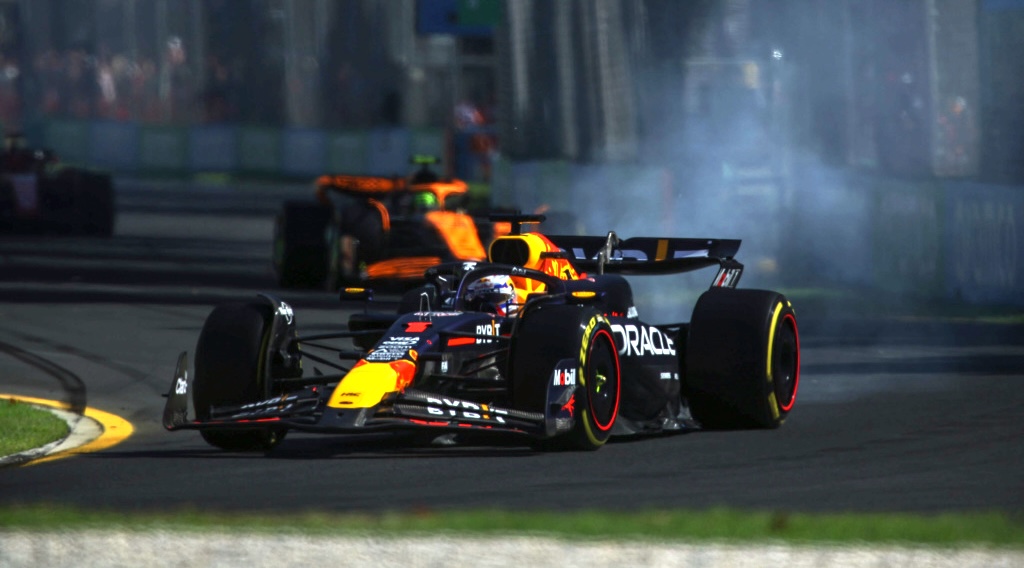Fernando Alonso’s penalty for his driving tactics against George Russell in Australia has divided opinion up and down the grid ahead of a predicted long drivers’ briefing at the Japanese Grand Prix.
Russell crashed heavily after losing control in dirty air at the high-speed Turn 6 in Melbourne, after Alonso slowed significantly on the previous straight and then accelerated towards the corner again. While not overly criticizing Alonso, Russell believes the incident required a penalty, otherwise it would “open a can of worms” about what a driver can do in defense, while the Spaniard countered that it would “100%” not be a talking point if Russell hadn’t crashed.
“If he was in Abu Dhabi with a run-off area in asphalt or whatever, I think George will rejoin the track a few meters after that and will try to have a go on me in the following lap or in the following straight,” Alonso said. “It will not be any problem.”
However, there were wildly differing opinions across the rest of the field. After Nico Hulkenberg stated he “wasn’t very impressed” by Alonso’s tactics, Charles Leclerc also felt the incident was worth of punishment.
“My view is that it’s something that we do as drivers; however, not to that extent,” Leclerc said. “What Fernando did in Australia was too much, and had to be penalized.
“I think it’s clear what we can and can’t do. You can always try and write it in a better way for it to be even clearer. However, I really believe that common sense is the way forwards. We will never be able to write in the rules every possible scenario of every situation. There might be situations where it is clear for everybody, especially the drivers, that someone deserves a penalty, even if this particular scenario is not written in the rules. So I think common sense needs to be used in certain cases, and that was one of them.”
[lawrence-auto-related count=3 category=1388]
Lewis Hamilton was less committal but still stated he didn’t know what Alonso was attempting to achieve with his move.
“I saw one clip of it, I’ve not thought of it since,” Hamilton said. “It’s not a topic for me — it’s nothing to do with me. The stewards obviously found a reason to penalize. They’ve been asked to be stricter this year, and that’s that. I don’t understand the situation, if I try to put myself in Fernando’s position I can’t understand the maneuver, but I’m just glad that George is safe. It’s a frightening position to be in the middle of the track with cars coming around at crazy speeds.”
Lando Norris, however, feels that a major issue has been created by the fact that Alonso was penalized for his driving because it’s not clear how drivers can defend.
“It shouldn’t be a penalty,” Norris said. “I think it was clear; now it’s not. Just my opinion, maybe other drivers have different opinions. What Fernando did was odd. Like, so extreme. But I don’t think it’s even close to be regarded as a brake test. Did he brake and downshift? I don’t know the exact things of it. But should it be a penalty in any way? No.
“George, in my opinion, should have seen it coming. I don’t want to comment too much on it. George had time to see what was going on, you know. And yeah, I’m sure it’s always tougher being in the situation, that’s why I don’t like commenting on it. But that kind of thing shouldn’t have been a penalty.
“I think it’s clear that if he’s in front, like Max [Verstappen] and Hamilton [in Jeddah 2021] — that’s a brake test,” Norris said. “This was not a brake test. This was just trying to play very smart, Fernando being Fernando … and kind of being caught out about it. It was not aggressive — it was not like one meter in front of a car stopping. It was like 100 meters ahead, slowed down and just the approaching speed caught George off. Nowhere near should that have been a penalty, I would say.”

Lance Stroll, too, was firmly in his Aston Martin teammate’s corner, saying drivers should not be punished for incidents where no contact is made.
“I don’t think he did anything stupid, he was just preparing the exit of the corner,” Stroll said. “For me it was ridiculous. To get a drive-through penalty for an incident that doesn’t even involve any contact between the cars or anything like that, I didn’t really understand it.
“I just think a penalty in general was kind of a joke. Where do you draw that line between driving unnecessarily slowly and just being like tactical? I think there’s been instances in the past where guys have slowed down to try and get DRS, or try and avoid DRS, and those guys weren’t given penalties and stuff.
“We’re lifting and coasting in the race, so if you lift and coast for 500 meters going into a corner, does that mean you’re driving unnecessarily slowly? I don’t know, where’s the sweet spot for that? Because now we’re having to do all those things anyway for tires and fuel.
“If you ask me, Fernando did a big lift and coast — it was tactical,” Stroll insisted. “Tires are also getting tricky at the end of the race and he wanted to get a good exit out of that corner. It’s not like he braked and George ran into the back of him. George did the corner and didn’t run into the back of him at all — unfortunately lost some downforce and had a moment, that’s racing.”
Stroll expects the situation to create a major talking point in the drivers’ briefing on Friday night.
“To be honest, I didn’t read the full explanation, I just saw the video. As a driver, I have my view on it. There’s going to be, I’m sure, a very long drivers’ meeting this weekend — which I’m not looking forward to, because they’re already too long,” he said. “But I’m sure there’ll be a whole long list of explanations.
“Seriously, the race director should just give his points, and then whoever wants to stick around and talk about the color of the clouds for the next hour and a half can stick around, and whoever wants to leave can leave!”
